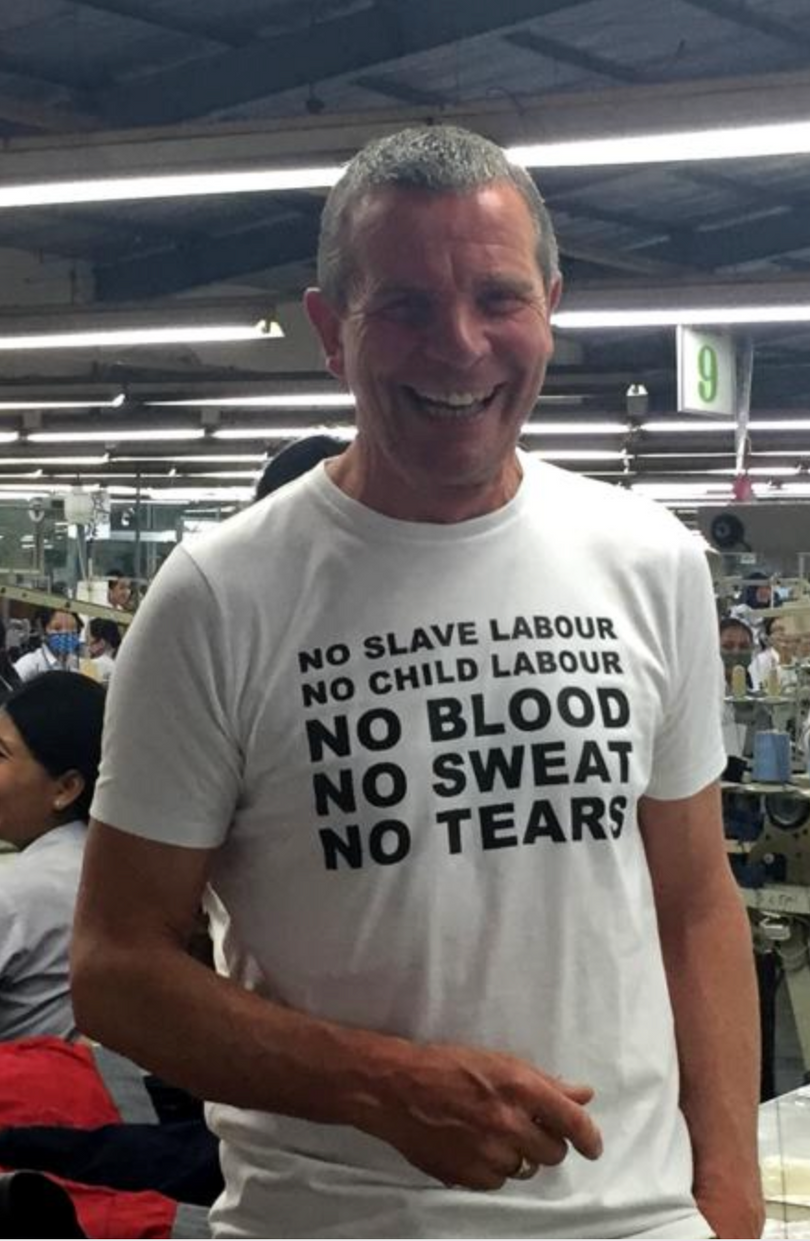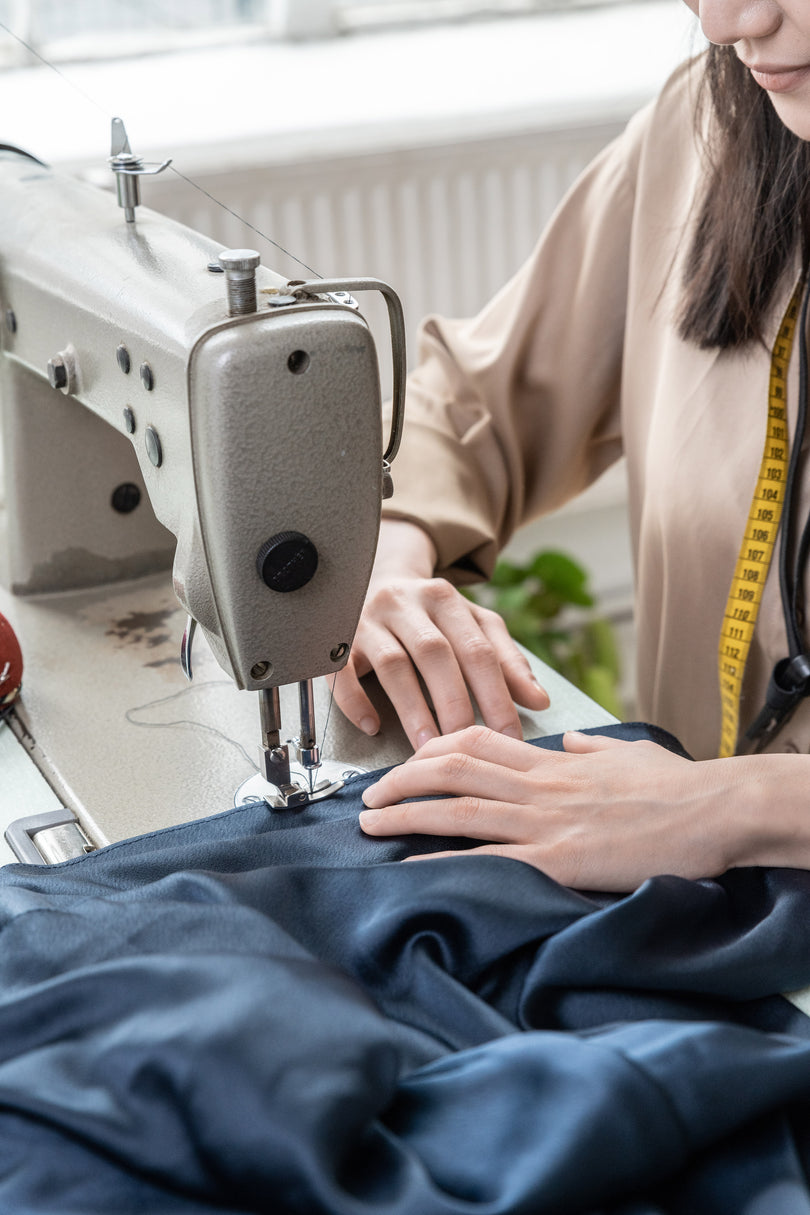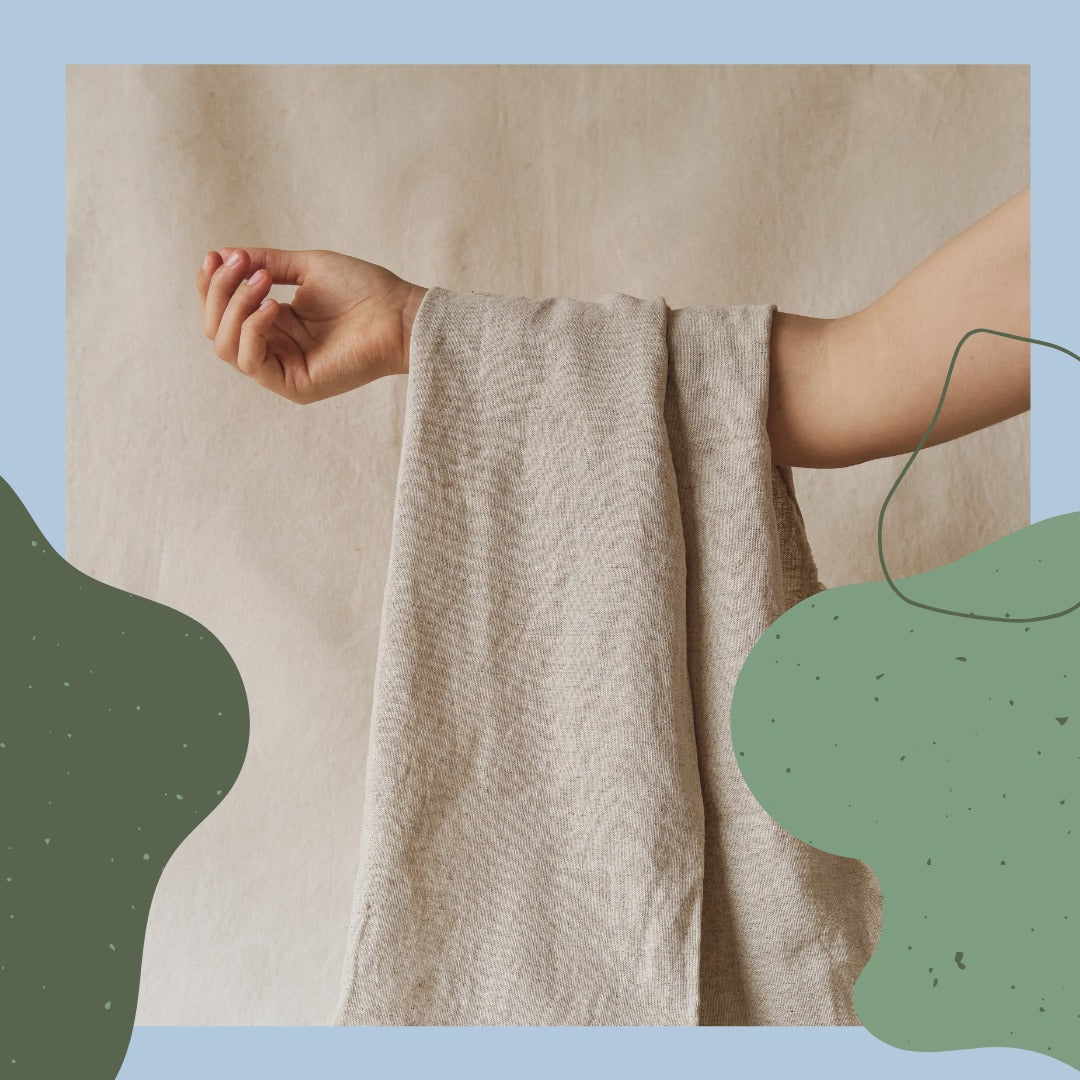Flax & Loom X The Seam
To celebrate our new partnership with ‘The Seam’ we want to take a look at the resurgence in repair culture.
The Seam was founded in 2019 by Layla Sargent inspired by her seamstress grandmother and the lack of affordable tailors. Based in Hackney they help Londoners love their clothes for longer with repair, alteration and made-to-measure services. Their specialist repair services are available for all UK customers via postal service. With alterations to garment sizing require in-person fittings and are available for London customers only at the moment.
Give it a try!
Embroidery
Best used as a way to repair small holes on woven fabrics, embroidery is a great way to express your creativity and personality.
Mexico based embroidery artist and graphic designer Silvia Peligro creates tiny, wearable embroideries in the form of necklaces and pins, as well as bigger framed works. Her style is cute and playful, and a little bit quirky, with subject matter drawn from popular culture. Visit her Etsy shop and website for more colourful treasures.
Darning
A knit lover's best friend, darning is best for fixing those holes in the heel of your socks or on your cardigans worn out elbows. You can go for a subtle fix and colour match or you can have fun and go for bold contrasting shades!
Living and working in London, Celia Pym is an artist who has taken darning out of the domestic sphere and into galleries and museums. In textiles, the act of mending wear-and-tear, filling in the holes or reinforcing the areas that are weak. 'Darning is small acts of care,' she says, 'and paying close attention.' Check out more of her work on her website.
Boro & Sashiko
Boro is the traditional Japanese art of mending fabric where textiles are patched together to prolong their life. Sashiko is the pattern of stitch that joins them together. In recent years this simple method of fabric repair has grown in popularity as more people have pursued slow and sustainable fashion and sought to extend the life of their clothing.
Sarah Ward, who is an Essex-based hand weaver and educator specialising in slow design and sustainable practice. She not only celebrates craftsmanship and woven structure as an art form, but also raises awareness about waste, and the environmental and social impact of the textile industry. She uses the scraps from her bigger projects to repair clothes and soft furnishings in the Boro and Sashiko technique.










